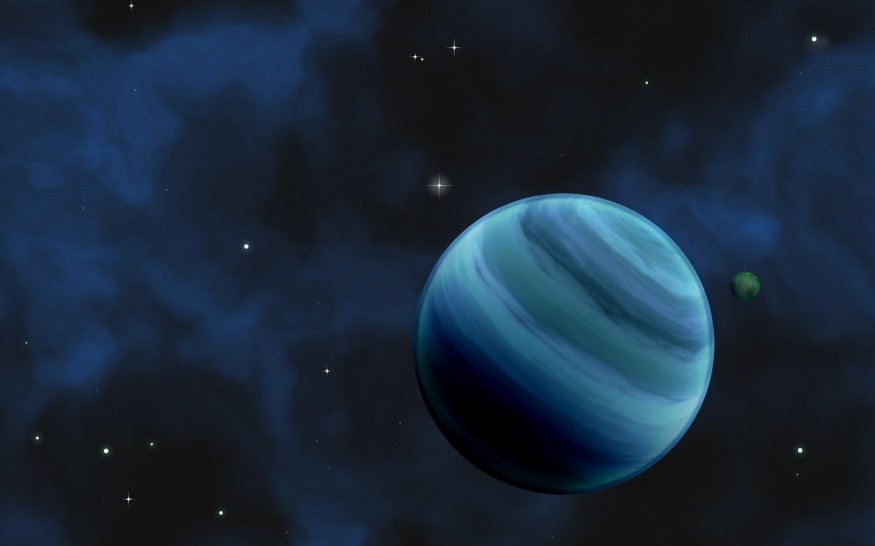An international team of astronomers has discovered a new exoplanet using NASA's Transiting Exoplanet Survey Satellite (TESS). It is designated as TOI-2196 b, a type of rare hot sub-Neptune, according to a paper published on arXiv.org.
TESS Survey Transiting Exoplanets
TESS is a NASA mission led by MIT that looks for transiting exoplanets across the sky. Transiting planets pass in front of a star as seen through a telescope and are the most successful small exoplanet discovery technique to date.
NASA claims to be discovering mini-Neptunes, planets smaller than Neptune but larger than Earth. According to its website, there are no planets like this in our solar system.
It discovered over 5,800 candidate exoplanets (TESS Objects of Interest, or TOI) during a survey of about 200,000 of the brightest stars near the sun, of which 233 have been confirmed so far.
Researchers Identified TOI as Hot Sub-Neptune
A team of astronomers led by Carina M. Persson of Sweden's Chalmers University of Technology has confirmed another TOI monitored by TESS. They claim to have discovered a transit signal in the light curve of TOI-2196, a G-type star. Follow-up radial velocity (RV) measurements with the High Accuracy Radial velocity Planet Searcher (HARPS) spectrograph on the ESO 3.6 m telescope in Chile confirmed the signal's planetary nature.
In their paper, the researchers confirmed the discovery and analysis of the hot and volatile-rich planet TOI-2196 b. It is half the size of Neptune but 50% more massive, giving it a high bulk density for a planet of this type.
According to the observations, TOI-2196 b is approximately 3.5 times larger and 26 times more massive than Earth. It yields a bulk density of around 3.31 g/cm3.
The orbital period of TOI-2196 b is about 1.2 days, implying a high equilibrium temperature of about 1,860 K. As a result, the astronomers discovered TOI-2196 b to be a hot sub-Neptune, similar to the so-called hot Neptune desert.

ALSO READ : NASA Discovered "Hot Jupiter" Exoplanet, Bigger But Less Massive Than Solar System's Largest Planet
The host star TOI-2196 (other designation TIC 372172128) is the size and mass of the sun, according to the study. It has an effective temperature of 5,634 K and is thought to be 4.5 billion years old.
In the radius-instellation [or equilibrium temperature] diagram, the hot Neptune desert is a region with a small number of short-period Neptunes. Highly irradiated planets are usually small, less than two Earth radii. It is also rocky or gas giant with a radius greater than one Jupiter radii.
Hot Sub-Neptune Exoplanet Research Result
The findings suggest that, while TOI-2196 b's mass loss at a young age could have been significant, the planet's character has not changed. The researchers believe it began as a small volatile-rich planet and has remained so to this day.
Astronomers added that another object might be orbiting the star. This outer body could be a warm or cold gas giant planet, but a brown dwarf or a low-mass stellar companion cannot be completely ruled out. Long-term RV monitoring, however, is required to confirm the hypothesis.
RELATED ARTICLE: NASA Exoplanet Archive Finally Reaches 5000th Milestone After Searching For More Earth-Like Planets Beyond Solar System
Check out more news and information on Space in Science Times.












